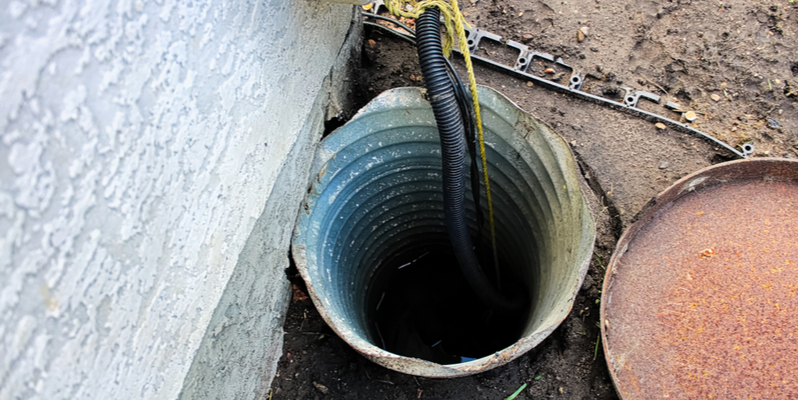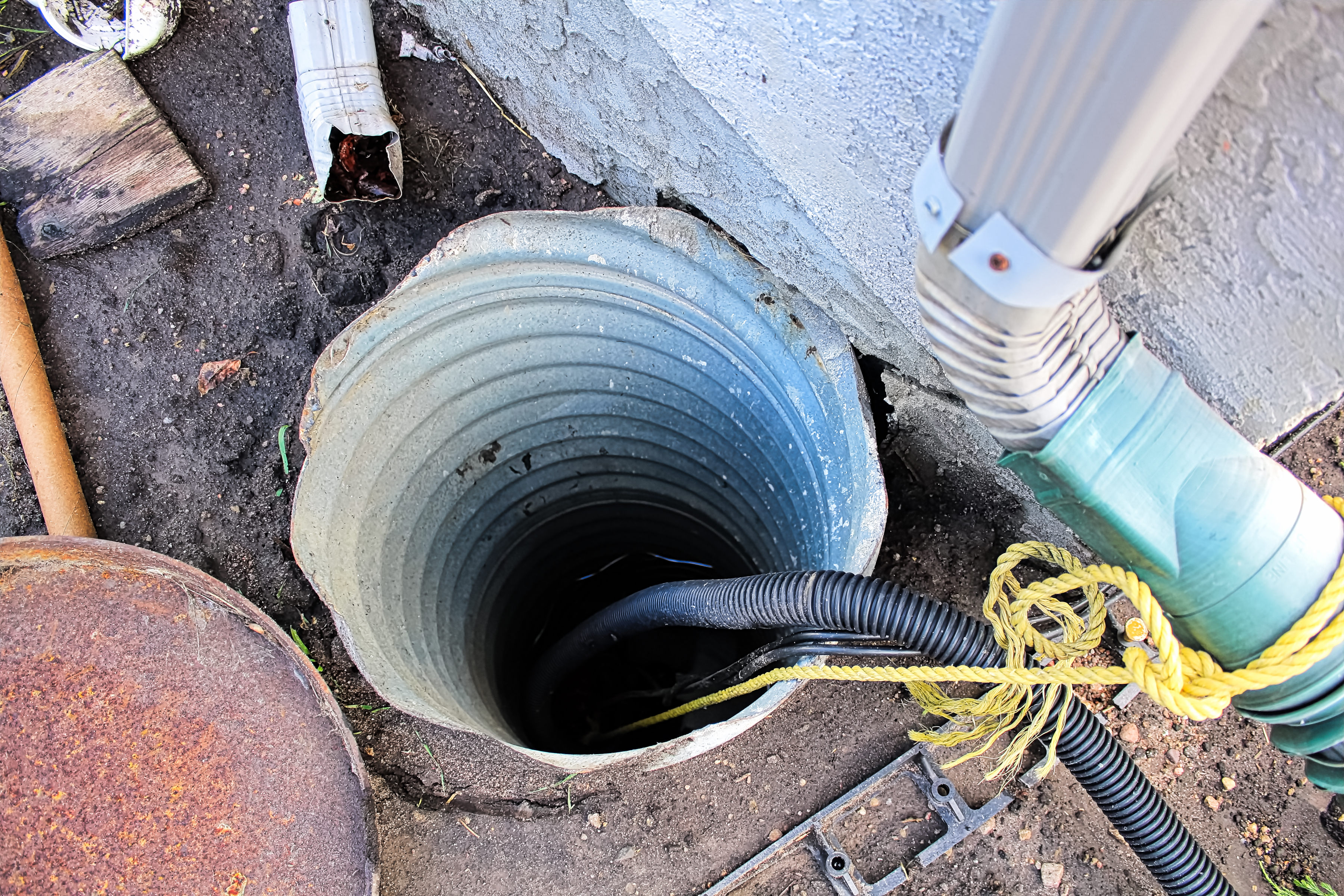Tested Solutions for Servicing a Sump Pump
Tested Solutions for Servicing a Sump Pump
Blog Article
Here on the next paragraphs you can locate more quality information on the subject of Steps to Cleaning Your Sump Pump Properly.

Sump pumps are essential elements in lots of homes, specifically in locations prone to flooding or too much moisture. They help protect against water damages by effectively removing excess water from cellars or crawl spaces. Nonetheless, like any other home appliance, sump pumps require regular upkeep to ensure they work successfully when required the most. Cleaning your sump pump is an important part of its maintenance, and recognizing how to do it properly can conserve you from pricey repair work and potential catastrophes.
Intro
Preserving a tidy sump pump is crucial for its proper performance and long life. Disregarding this essential task can lead to blockages, breakdowns, and eventually, water damages to your building. For that reason, discovering how to cleanse a sump pump is essential for homeowners that count on these tools to maintain their basements completely dry and protected.
Comprehending the Sump Pump
Before diving into the cleaning procedure, it's important to have a fundamental understanding of just how a sump pump functions. Commonly set up in a pit or container below the basement floor, a sump pump consists of several essential parts, consisting of a pump, a float button, and a discharge pipe. When water builds up in the pit, the float switch activates the pump, which after that pumps the water out via the discharge pipe, away from the building's foundation.
Indications of a Dirty Sump Pump
Recognizing when your sump pump requires cleansing is vital for preventing prospective malfunctions. Some common indications that suggest a filthy sump pump consist of odd noises throughout procedure, decreased water circulation, and noticeable debris in the pit. If you see any of these signs and symptoms, it's important to clean your sump pump quickly to prevent any type of more concerns.
Getting ready for Cleansing
Before you begin cleansing your sump pump, it's necessary to take some safety and security precautions. Begin by shutting down the power to the pump to stay clear of any type of electric mishaps. Additionally, put on suitable safety gear, such as gloves and safety glasses, to secure yourself from dirt, particles, and prospective virus.
Step-by-step Overview to Cleaning a Sump Pump
Shutting Off the Power
Begin by disconnecting the power supply to the sump pump to avoid any kind of crashes while cleaning.
Eliminating Debris and Dust
Use a bucket or an inside story to eliminate any visible particles, dirt, or debris from the sump pit. Dispose of the debris appropriately to prevent it from obstructing the pump or the discharge pipe.
Cleaning up the Pump and Drift Change
Once the pit is clear of particles, carefully get rid of the pump from the pit. Examine the pump and the float switch for any type of indicators of damages or wear. Use a soft brush or cloth to clean up the surface areas and get rid of any kind of built up gunk.
Purging the System
After cleansing the pump and float button, purge the sump pit with clean water to eliminate any type of staying dirt or debris. This will assist guarantee that the pump runs efficiently and efficiently.
Looking For Proper Functioning
Prior to re-installing the pump, carry out a fast examination to ensure that the float button triggers the pump properly. Pour some water into the sump pit and observe the pump's operation. If whatever is operating properly, you can rebuild the pump and reconnect the power supply.
Upkeep Tips to Keep Your Sump Pump Clean
In addition to periodic cleaning, there are several maintenance ideas you can follow to maintain your sump pump in optimal condition:
Final thought
Cleaning your sump pump is a vital element of its upkeep and makes sure that it operates efficiently when you need it the most. By adhering to the actions described in this guide and incorporating regular upkeep right into your routine, you can prolong the life-span of your sump pump and safeguard your home from water damages.
6 STEPS ON HOW TO CLEAN A SUMP PUMP PROPERLY
UNDERSTANDING SUMP PUMPS
Your sump pump plays a crucial role in protecting your home by managing and removing excess water. It primarily functions as a “shield”, guarding your basement against the damaging effects of water accumulation. The pump is housed in a sump pit in the lowest part of your basement, and its job is to pump out any water that collects there.
During heavy rainfalls or when snow melts rapidly, water can infiltrate your basement, posing potential risks like flooding, structural damage, and harmful mold growth. Here, the sump pump springs into action, pumping out the intruding water and directing it away from your home.
SAFETY FIRST
Before cleaning, remember to prioritize safety. Disconnect the sump pump from the power source to prevent any accidental electric shocks. Also, wear sturdy gloves to protect your hands from any sharp or dirty components within the pump.
REMOVE THE SUMP PUMP
After ensuring your safety, the next step is to remove the sump pump from its pit. Doing this might require careful maneuvering as you don’t want to damage any pump components. Once removed, clean the sump pit to remove any accumulated debris or sludge.
INSPECT THE PUMP
Inspect the pump for any visible signs of wear or damage. Check the power cord, float switch, and impeller housing. If any components look worn out or damaged, consider replacing them to ensure optimal performance.
CLEAN THE PUMP
Thoroughly clean the pump with warm, soapy water. Make sure to rid it of any dirt, gravel, or other debris that might impede its performance. You can use a toothbrush to clean the small, hard-to-reach parts of the pump.
REINSTALL THE SUMP PUMP
Reinstall the pump into the sump pit Make sure it’s positioned correctly to remove the water effectively Once it’s back in place, reconnect it to the power source TEST THE PUMP
Finally, pour some water into the pit to ensure the pump works correctly. It should start automatically and begin pumping out the water; if it doesn’t, check the power source and the positioning of the pump.
Remember, while cleaning your sump pump is an essential part of home maintenance, hiring a professional plumber for a thorough inspection and cleaning at least once a year is also important. This will ensure that your pump is in optimal condition, ready to protect your home from potential water damage.
BEST PRACTICES FOR CLEANING SUMP PUMP DISCHARGE PIPES
Regular Inspection: Regularly inspect your discharge pipes, especially during heavy rainfall or snowmelt periods. Look for any signs of blockage or damage. Early detection of problems can prevent serious issues down the line. Periodic Cleaning: Over time, sediment and debris can accumulate in the discharge pipes, impeding the flow of water. Regular cleaning helps keep the pipes clear and functioning efficiently. You can use a high-pressure water jet to effectively clean the pipes. Insulation During Winter: In colder climates, discharge pipes can freeze, blocking the outflow of water. Protect your discharge pipes from freezing temperatures by insulating them with foam pipe insulation. This will ensure the sump pump can continue to discharge water even in freezing conditions. Proper Positioning: The discharge pipe should be positioned to direct water away from your home’s foundation. Improper positioning can lead to water seeping back into the basement. Ensure the pipe is long enough and angled correctly. Installation of a Check Valve: A check valve prevents water from flowing back into your sump pit after the pump has pushed it out. Installing a check valve helps maintain the efficiency of your sump pump and reduces the risk of flooding. Minimize Pipe Turns: Every curve or turn in the discharge pipe can decrease the efficiency of water flow. By minimizing turns and bends in your discharge pipe, you can increase the efficiency of your sump pump. https://www.fullspeedplumbing.com/how-to-clean-a-sump-pump-properly9999/

We hope you enjoyed reading our excerpt about How to Care for Your Sump Pump. Thank you for taking time to read through our blog post. Sharing is nice. You won't know, you may be helping someone out. Thank you for taking the time to read it.
Call Today Report this page